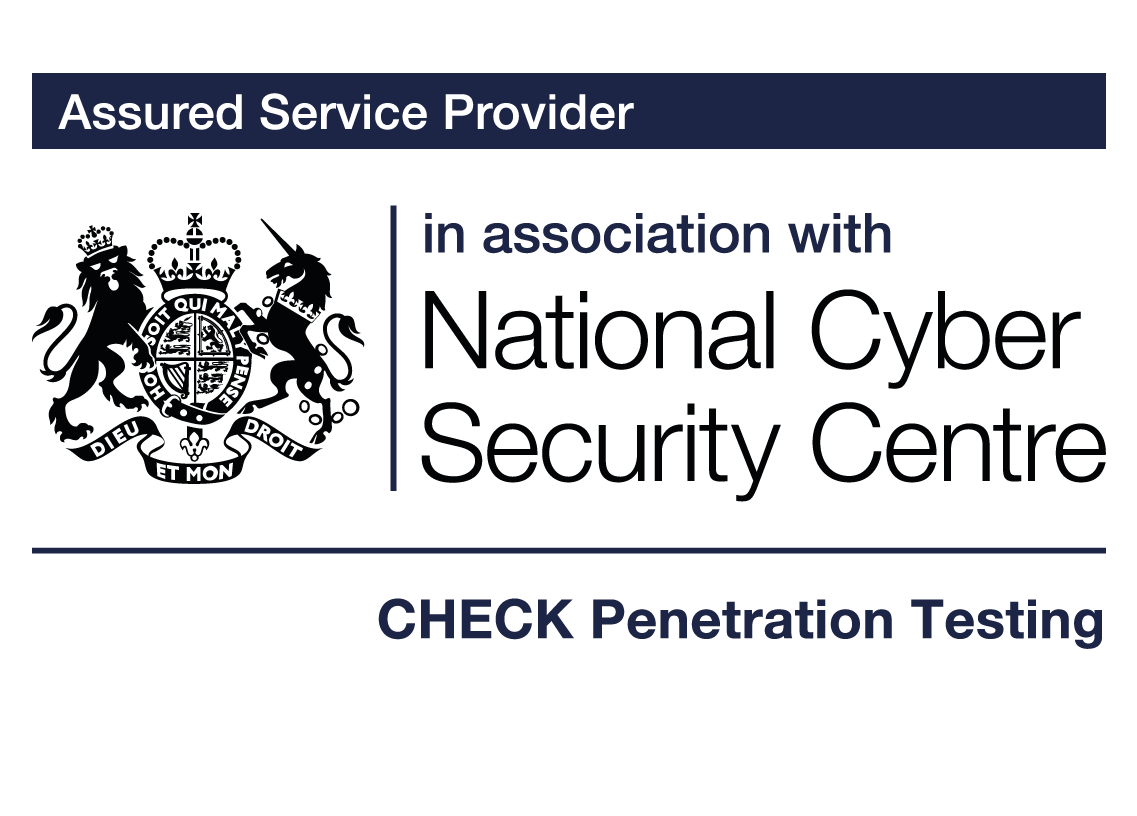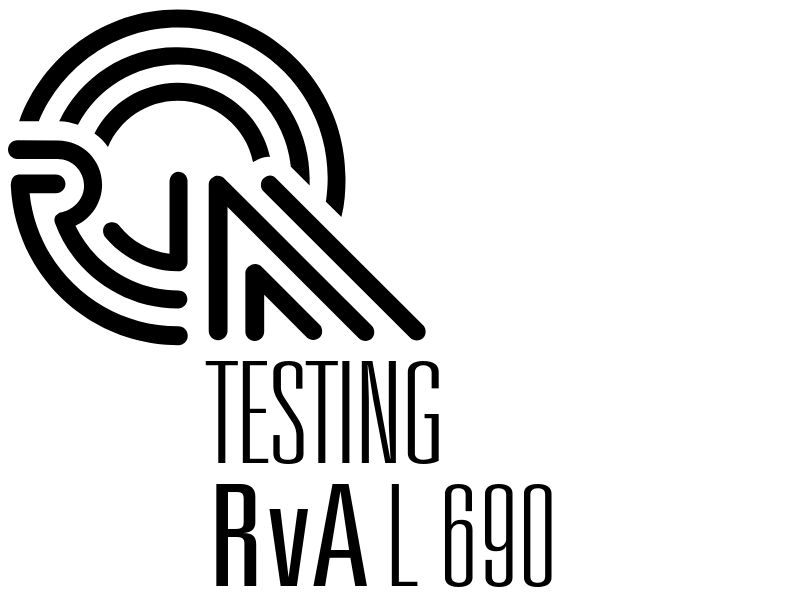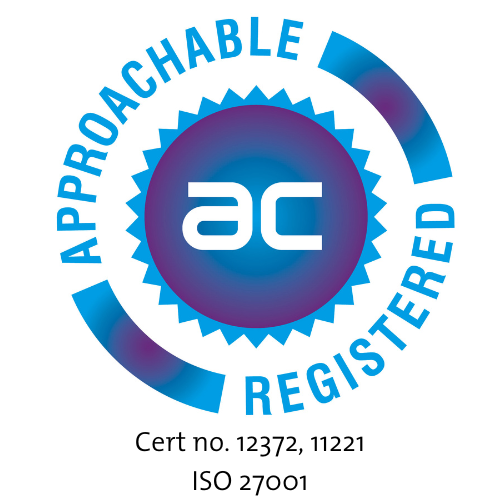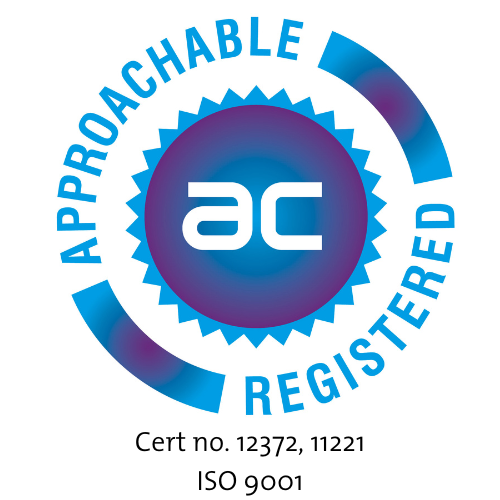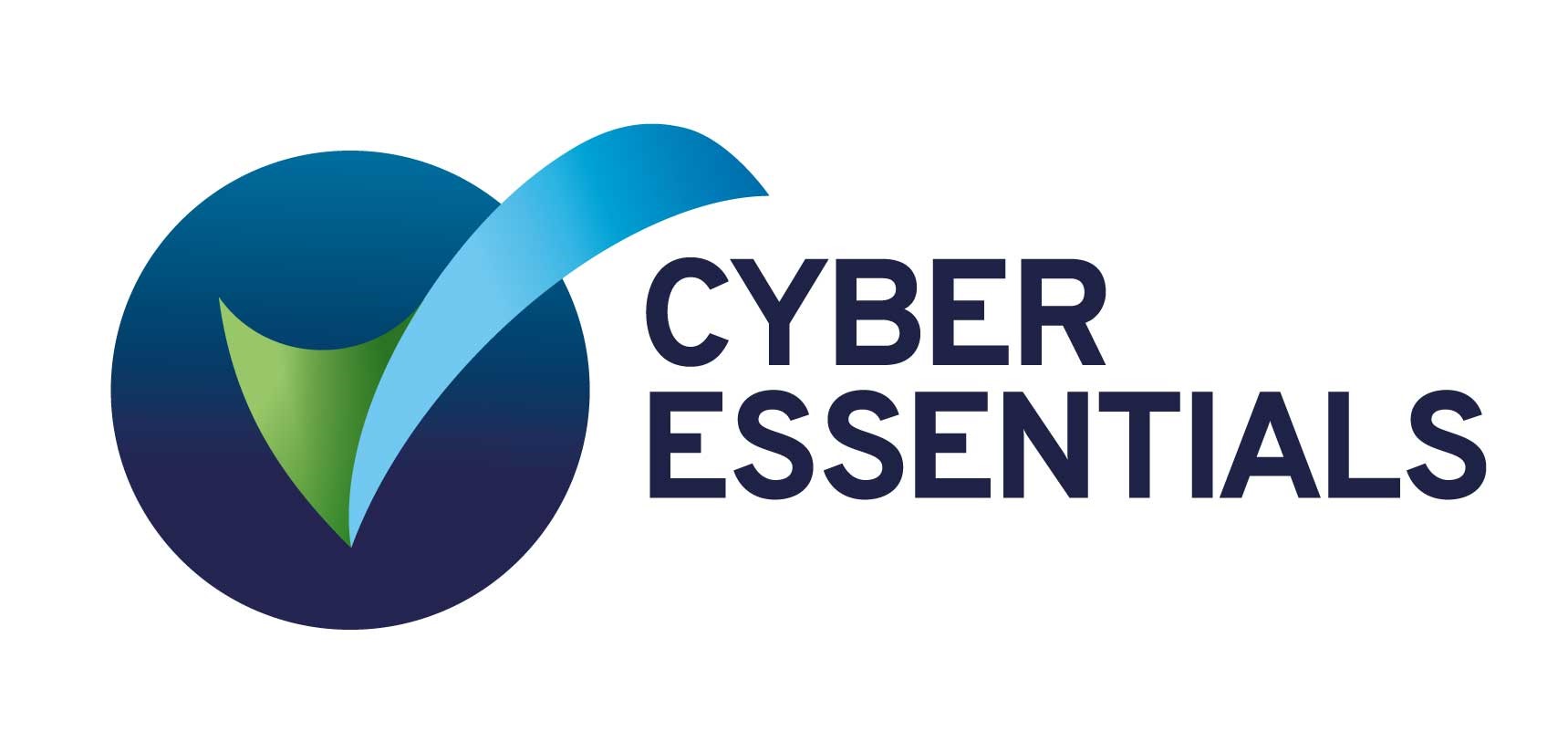AI-driven test automation
 by Kurt Neuskens, Data and Innovation Manager
by Kurt Neuskens, Data and Innovation Manager
In our latest #QAInsights initiative, we polled our community to discover what they wanted to know more about when considering AI within Quality Engineering and testing. 67% opted for AI in test automation, so the choice was clear.
So, in this post we’ll delve deeper into the transformative impact of Artificial Intelligence on Quality Assurance, particularly focusing on test automation. We will take a look at the current maturity of AI-driven test automation tools and their value-add.
The current maturity of AI in test automation
Leading analysts Gartner predict that between 2020 and 2030 AI-augmented testing will be introduced to cope with technical complexity and lower time-to-market, in combination with testing efficiency.
AI in test automation is no longer a futuristic concept but a present reality. Important steps have already been taken but maturity is still in its early phase. When it comes to test automation we’ve seen some of the first initiatives : documentation based on code or API implementations, generated test scripts, chatbots where you can chat with a test automator, copilots, screen vectorisation, self-healing scripts and many others.
These initiatives leverage different aspects of machine learning, natural language processing, and deep learning algorithms to understand application contexts and even self-learn from previous test executions to improve future tests.
However, the maturity level varies significantly across tools. Based on a recent market study conducted by Resillion, AI based test automation is most mature in UI and web-based applications. Within this subsection of testing, tools vary in their AI adoption, ranging from completely vectorized screens to elementary object recognition. The gains range from between 50% to 70% for more stable test cases. Based on our experience these gains are on the higher end of the spectrum and still need to be validated in many cases. Nevertheless, these technologies look promising in terms of delivering results. An initial wave of start-ups are beginning to appear, that use virtual agents to execute the generated test scripts and to do self-healing.
API test automation is still in its early phases. We’ve seen some early results where API specifications have been analysed and test cases generated, based on inputs, outputs and endpoints and automated API test scripts generated based on large language models and copilots. You can achieve better coverage by generating scripts faster and implementing scripts which are easier to maintain. For now though, there is still no ‘out of the box’ tool available that can automate every aspect of this cycle, from flow discovery to test case creation, automation and self-healing.
AI based test automation is still very immature when it comes to cross-platform, interoperability and system testing. We’ve seen advancements in all the underlying elements, but the different technologies still need to come together.
We expect to see significant advancements in generative AI for test data generation and AI based test automation in combination with self-healing agents over the next 2-3 years.
The value of AI in test automation
The integration of AI into test automation offers several compelling benefits:
- Efficiency and speed: AI can significantly reduce the time required for test case creation and execution, enabling faster time-to-market.
- Enhanced accuracy: By minimising human error or failing scripts, AI improves the precision of test outcomes. Self-healing at this moment promises to reduce failing scripts by 50%. At this moment this is only attainable in UI based testing of web applications.
- Predictive insights: AI’s ability to predict potential failure points and suggest improvements helps with preemptive issue resolution, enhancing software robustness.
- Resource optimisation: Automating routine testing tasks allows QA engineers to focus on more strategic aspects of quality assurance, such as test planning, complex scenario analysis and root cause and defect analysis. Figures range from 50% to 70% faster test case automation, but as indicated earlier, the proof of the pudding is still in the eating. We will soon have benchmarks on the POCs we are performing at Resillion.
What next? Consider the 4 P’s.
I would like to refer to the 4Ps of Scott Belsky (chief strategy officer at Adobe): Play, Pilot, Protect, Provoke. Play with the technology; Pilot the technology, Protect the innovation and Provoke the technology to avoid expensive mistakes with innovation. I have added a fifth P – that is Promotion. Promote the objective results, based on the prior P’s, within the company and start the change process.
Looking forward
The next #QAInsights post will cover in more detail the predictive capabilities in Quality Engineering (21% of the respondents in a previous poll were interested in this topic).
Read the next blog post, where Kurt explores the current state of SDP, its significance, methodologies, challenges and the promising horizon that lies ahead.
If you have any questions please get in touch or take a look at our website for more information.
Want to learn how we can help?
Schedule a meeting
Our Accreditations and Certifications
